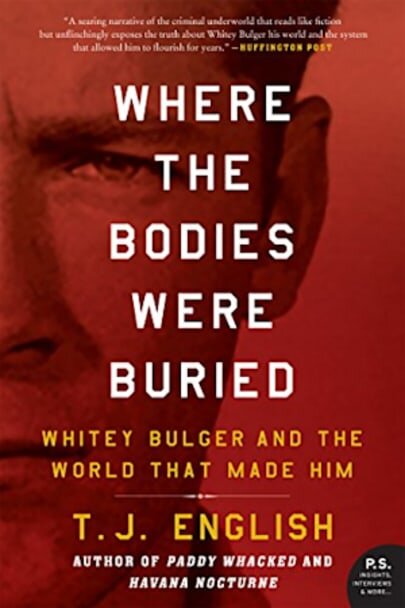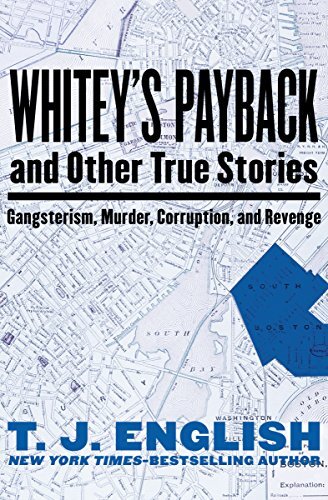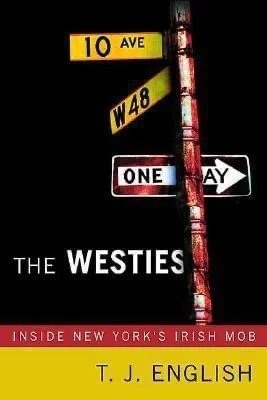
LATEST BOOK
Dangerous Rhythms
Jazz and the Underworld
PUBLISHER: William Morrow & Co. (2022)
HARDCOVER: 437 pages
ISBN-13: 978-0-06-303141-8
ISBN-10: 0063031418
PURCHASE: Amazon, Barnes & Noble, Indiebound, HarperCollins
From T. J. English, the New York Times bestselling author of Havana Nocturne, comes the epic, scintillating narrative of the interconnected worlds of jazz and organized crime in 20th century America.
Dangerous Rhythms tells the symbiotic story of jazz and the underworld: a relationship fostered in some of 20th century America’s most notorious vice districts, where the mobster-owned clubs determined who played and who got paid. For the first half of the century mobsters and musicians enjoyed a mutually beneficial partnership by offering artists like Louis Armstrong, Earl “Fatha” Hines, Fats Waller, Duke Ellington, Billie Holiday, Lena Horne, and Ella Fitzgerald a prominent stage. The mob, including major players Al Capone, Meyer Lansky, and Charlie “Lucky” Luciano, provided opportunities that would not otherwise have existed. The resulting racial diversity of the clubs and speakeasies paved the way for some of America’s greatest artists to find their voice.
Even so, at the heart of this relationship was a festering racial inequity. The musicians were mostly African American, and the clubs were owned by white men. It was a glorified plantation system that, over time, would find itself out of tune with an emerging Civil Rights movement.
Gangsterism was prevalent in the clubs. Some artists including Louis Armstrong wanted to play in “protected” joints, believing they were safer and more likely to be paid fairly if they worked in them. Others believed that playing in venues outside mob rule would make it easier to earn a higher wage and have more freedom—meaning control over their careers. The mob also used the “cabaret card” license to hold sway over numerous performers—including Charlie Parker, Billie Holiday, and Thelonious Monk—who were denied employment following drug violations, in some cases at the very height of their careers.
Through English’s detailed research and firsthand accounts from jazz veterans, Dangerous Rhythms reveals this deeply fascinating slice of American history in all its sordid glory.
Other Books by T.J. English

The Corporation
The Epic Story of the Cuban American Underworld
PUBLISHER: William Morrow & Co. (2018)
PAPERBACK: 584 pages
ISBN-10: 0062568953
ISBN-13: 978-0-06-256896-0
PURCHASE: Amazon, Barnes & Noble, Indiebound, HarperCollins
A fascinating, cinematic, multigenerational history of the Cuban mob in the US from “America’s top chronicler of organized crime” and New York Times bestselling author of Havana Nocturne.
By the mid 1980s, the criminal underworld in the United States had become an ethnic polyglot; one of the most powerful illicit organizations was none other than the Cuban mob. Known on both sides of the law as “the Corporation,” the Cuban mob’s power stemmed from a criminal culture embedded in south Florida's exile community—those who had been chased from the island by Castro's revolution and planned to overthrow the Marxist dictator and reclaim their nation.
An epic story of gangsters, drugs, violence, sex, and murder rooted in the streets, The Corporation reveals how an entire generation of political exiles, refugees, racketeers, corrupt cops, hitmen, and their wives and girlfriends became caught up in an American saga of desperation and empire building. T. J. English interweaves the voices of insiders speaking openly for the first time with a trove of investigative material he has gathered over many decades to tell the story of this successful criminal enterprise, setting it against the larger backdrop of revolution, exile, and ethnicity that makes it one of the great American gangster stories that has been overlooked—until now.
Drawing on the detailed reporting and impressive volume of evidence that drive his bestselling works, English offers a riveting, in-depth look at this powerful and sordid crime organization and its hold in the U.S.

Where the Bodies Were Buried
Whitey Bulger and the World That Made Him
PUBLISHER: William Morrow & Co. (2015)
PAPERBACK: 438 pages
ISBN-10: 0062290991
ISBN-13: 978-0-06-229098-4
PURCHASE: Amazon, Barnes & Noble, Indiebound, HarperCollins
New York Times bestselling author T. J. English, the acclaimed master chronicler of the Irish Mob in America, offers a front-row seat at the trial of one of the most notorious gangsters of all - Whitey Bulger - and pulls back the veil to expose a breathtaking history of corruption and malfeasance.
Whitey Bulger was, following the death of Osama bin Laden, the number-one fugitive on the FBI’s Ten Most Wanted list; he remained at large for sixteen years. One of the most prominent mobsters in Boston’s criminal underworld from the 1970s until his disappearance in 1995, Bulger was sometimes romanticized as a Robin Hood–esque thief and protector who looked out for his South Boston neighborhood.
But the truth was much more complicated—and infinitely more sordid—as his trial on racketeering charges revealed in alarming detail. Throughout the era in which Bulger was a crime boss, he was also a Top Echelon Informant (TE) for the FBI, supposedly helping prosecutors make organized-crime cases against the Mafia by feeding them information that could win them convictions in court. His relationship with the criminal justice system—an arrangement he inherited from a previous generation of gangsters and corrupt lawmen—represents the hidden horror of the Bulger story and the battleground on which prosecutors and defense lawyers clashed at his trial.
There have been other books on Bulger, but none like this. T. J. English—author of Paddy Whacked, the definitive history of the Irish Mob - was present every day of the proceedings, and in Where the Bodies Were Buried gives us not just an account of the trial but also a deeply sourced, disturbing portrait of the decades-long culture of collusion between the Feds and the Irish and Italian Mob factions that ruled Boston and much of New England from the 1970s forward. English provides the first look at Bulger’s own understanding of his relationship with the FBI—including the immunity deal he claimed with the U.S. Attorney's Office—and an in-depth assessment of the degree to which gangsterism, politics, and law enforcement have long been intertwined in Boston.
Rich in first-person interviews with criminal associates, retired FBI agents, victims, and their families, Where the Bodies Were Buried completes the informal trilogy English began with The Westies and Paddy Whacked and promises to be the last word on a reign of terror that many feared would never end.

Whitey’s Payback
And Other True Stories of Gangsterism, Murder, Corruption, and Revenge
PUBLISHER: Mysterious Press/Open Road (2013) PAPERBACK: 234 pages
ISBN: 978-1-4804-1175-3
PURCHASE: Amazon, Barnes & Noble, Open Road Media
Sixteen stories of true crime from America’s foremost authority on the underworld
James “Whitey” Bulger is the last of the old-fashioned gangsters. As a polished, sophisticated psychopath — who also happened to be a secret FBI informant — his reign of power in Boston lasted for more than twenty years. When he went on the lam in 1995, the kingpin’s legend grew to rival that of Al Capone. Captured after sixteen years in hiding, he now sits in a maximum security prison awaiting trial on racketeering charges and nineteen counts of murder.
T. J. English has been writing about men like Bulger for more than two decades. And this collection, culled from his career in journalism and supported by new material, shows English at his best. In addition to the numerous pieces about Whitey, he reports stories about gangsters and organized crime from New York City to Jamaica to Hong Kong and Mexico. Be they about old school mobsters, corrupt federal agents, or modern-day narcotraficantes wreaking havoc on the US-Mexico border, English tells these stories with depth and insight. Combining first-rate reporting and the storytelling technique of a novelist, English takes his readers on a bloody but fascinating journey to the dark side of the American Dream.
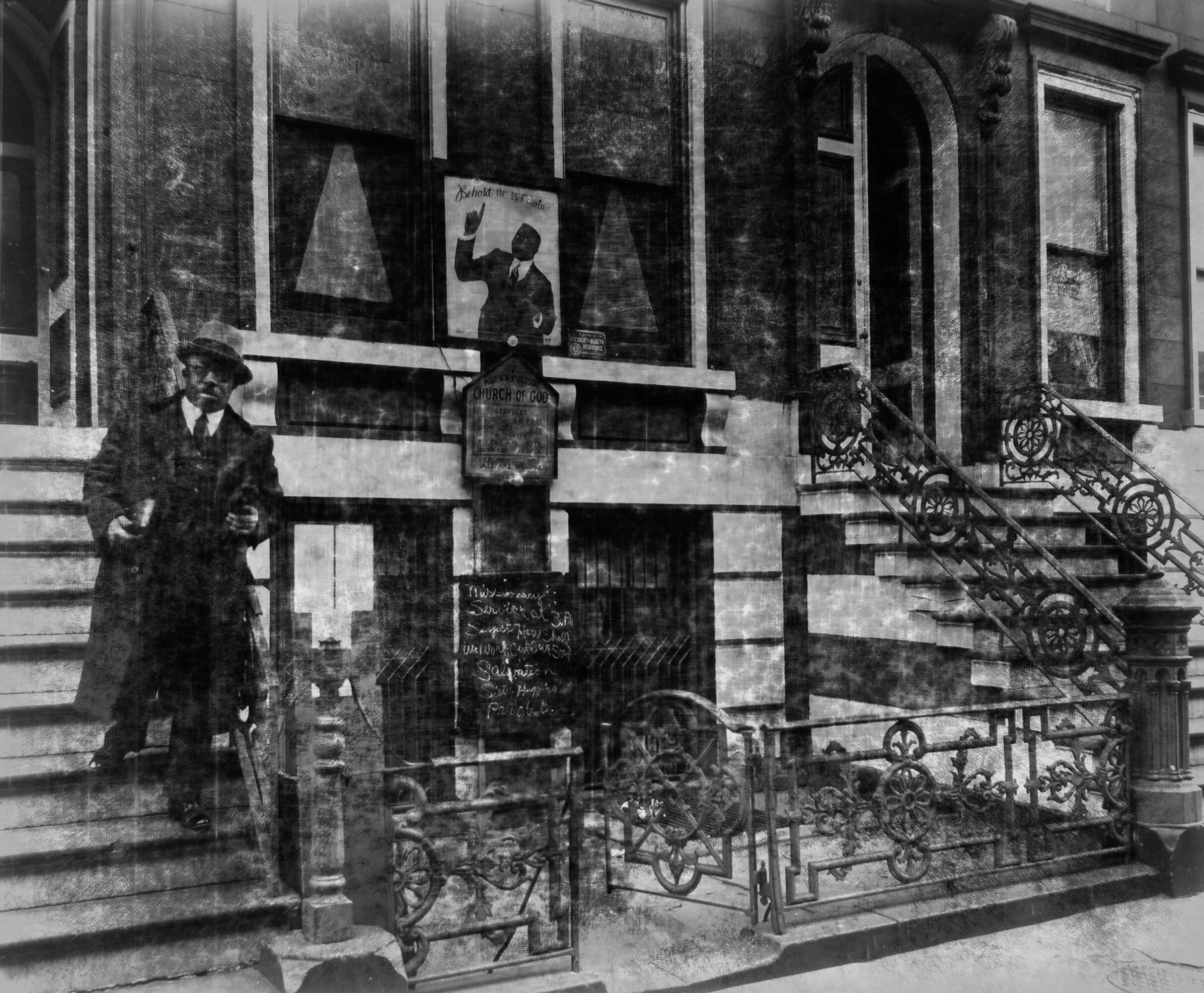
The Savage City
Race, Murder, And A Generation On The Edge
PUBLISHER: William Morrow & Co.
PAPERBACK: 483 pages
ISBN-10: 0061782381
ISBE-13: 978-0061782381
PURCHASE: Amazon, Barnes & Noble, Indiebound, HarperCollins
In the early 1960s, uncertainty and menace gripped New York, crystallizing in a poisonous divide between a deeply corrupt, cynical, and racist police force, and an African American community buffeted by economic distress, brutality, and narcotics.
On August 28, 1963— the day Martin Luther King Jr. declared “I have a dream” on the steps of the Lincoln Memorial—two young white women were murdered in their Manhattan apartment. Dubbed the Career Girls Murders case, the crime sent ripples of fear throughout the city, as police scrambled fruitlessly for months to find the killer. But it also marked the start of a ten-year saga of fear, racial violence, and turmoil in the city—an era that took in events from the Harlem Riots of the mid-1960s to the Panther Twenty-One trials and Knapp Commission police corruption hearings of the early 1970s.
The Savage City explores this pivotal and traumatic decade through the stories of three very different men:
George Whitmore Jr., the near-blind, destitute nineteen-year-old black man who was coerced into confessing to the Career Girls Murders and several other crimes. Whitmore, an innocent man, would spend the decade in and out of the justice system, becoming a scapegoat for the NYPD—and a living symbol of the inequities of the system.
Bill Phillips, a brazenly crooked NYPD officer who spent years plundering the system before being caught in a corruption sting—and turning jaybird to create the largest scandal in the department’s history.
Dhoruba Bin Wahad, a son of the Bronx and founding member of New York’s Black Panther Party, whose militant activism would make him a target of local and federal law enforcement as conflicts between the Panthers and the police gradually devolved into open warfare.
Animated by the voices of the three participants—all three of whom spent years in prison, and are still alive today—The Savage City emerges as an epic narrative of injustice and defiance, revealing for the first time the gripping story of how a great city, marred by fear and hatred, struggled for its soul in a time of sweeping social, political, and economic change.

Havana Nocturne
How The Mob Owned Cuba... and Then Lost it to The Revolution
PUBLISHER: William Morrow & Co. (2008)
PAPERBACK: 396 pages
ISBN-10: 0061147710
ISBN-13: 978-0061147715
PURCHASE: Amazon, Barnes & Noble, Indiebound, HarperCollins
In modern-day Havana, the remnants of its glamorous past are everywhere – the old hotel-casinos, vintage American cars, and flickering neon signs speak of a bygone era that is widely familiar and often romanticized, but little understood. In Havana Nocturne, T.J. English offers a riveting, multifaceted true tale of organized crime, political corruption, roaring nightlife, revolution, and international conflict that interweaves the dual stories of the mob in Havana and the event that would overshadow it, the Cuban Revolution.
As the Cuban people labored under a violently repressive regime throughout the 1950s, mob leaders Meyer Lansky and Charles “Lucky” Luciano turned their eye to Havana. To them, Cuba was the ultimate dream, the greatest hope for the future of the American mob in the years of post-Prohibition and intensified government crackdowns.
But when it came time to make their move, it was the brilliant Jewish mobster, Meyer Lansky, who reigned supreme. Having cultivated strong ties with the Cuban government and in particular the brutal dictator, President Batista, Lansky brought key mobsters to Havana to put his ambitious business plans in motion. Before long, the mob, with Batista’s corrupt government in its pocket, owned the biggest luxury hotels and casinos in Havana, launching an unprecedented tourism boom, complete with the most lavish entertainment, the world’s biggest celebrities, the most beautiful women, and gambling galore. But their dreams collided with those of Fidel Castro, Che Guevara, and others who would lead the country’s disenfranchised to overthrow their corrupt government and its foreign partners — an epic cultural battle that English captures in all its sexy, decadent, ugly glory.
Bringing together long-buried historical information with English’s own research in Havana – including interviews with the era’s key survivors, Havana Nocturne takes readers back to Cuba in the years when it was a veritable devil’s playground for mob leaders. English deftly weaves together the parallel stories of the Havana mob – featuring notorious criminals such as Santo Trafficante Jr., and Albert Anastasia – and Castro’s 26th of July Movement. Havana Nocturne offers a riveting, up-close look at how the mob nearly attained its biggest dream in Havana and how Fidel Castro trumped it all with the Cuban Revolution.
Upon publication in 2008, Havana Nocturne became a publishing phenomenon. After a highly-touted appearance by T.J. English on The Daily Show with Jon Stewart, the book rose to #7 on the New York Times best seller list, where it remained for six weeks. It also appeared on the following best seller lists: Wall Street Journal, USA Today, San Francisco Chronicle, Los Angeles Times, Boston Globe, Independent Booksellers. Along with the United States, Havana Nocturne has been published in the following countries: United Kingdom, Sweden, Italy, Spain, Taiwan, Brazil and France.

Paddy Whacked:
The Untold Story of the Irish American Gangster
PUBLISHER: Regan Books/William Morrow & Co. (2005)
PAPERBACK: 468 pages
ISBN-10: 0060590033
ISBN-13: 978-0060590031
PURCHASE: Amazon, Barnes & Noble, Indiebound, HarperCollins
Here is the shocking true saga of the Irish American mob, from the mid-19th Century all the way to the present day. History shows that the heritage of the Irish American gangster was established in America long before that of the more widely portrayed Italian American mafioso, and has held strong through the modern age.
In fact, the highest-ranking organized crime figure on the FBI’s Ten Most Wanted List — alongside Osama Bin Laden — is not a wiseguy, a Latin King, or a gangbanging Blood or Crip, but an old-style Irish American mob boss from South Boston.
In Paddy Whacked, bestselling author and organized crime expert T.J. English brings to life nearly two centuries of Irish American gangsterism, which spawned such unforgettable characters as Mike “King Mike” McDonald, Chicago’s subterranean godfather; Big Bill Dwyer, New York’s most notorious rumrunner during Prohibition; Mickey Featherstone, troubled Vietnam vet turned Westies enforcer from Hell's Kitchen; and James “Whitey” Bulger, the ruthless and untouchable Southie legend. This is an epic story of corrupt politics, wanton murders, gambling empires, notorious brothels, tough women, and hard-drinking pugilists from the underbelly of America’s most dangerous cities — including New York, Boston, New Orleans, Chicago, Kansas City, and Cleveland.
Combining storytelling verve with thorough research and a slew of never-before published material — including new interviews with former gang members — English presents a riveting, seamless cultural history of the Irish American underworld. He offers a brilliant portrait of a people who fought tooth and nail for a better life from the moment they arrived in America, whether it meant taking charge within the realms of law enforcement and politics — from Tammany Hall to the White House — or capitalizing on what opportunities they could in the darker world beyond the law. Paddy Whacked is an irresistible tour of the undercarriage of our history — a ride that stretches from the earliest New York and New Orleans street wars through decades of bootlegging scams, union strikes, gang wars, and FBI investigations... and along the way deepens our understanding of the American experience.
In its initial hardcover release, Paddy Whacked was on the New York Times extended bestseller list, and the book was adapted into a two-hour documentary first shown on the History Channel in 2006 but repeated in subsequent years every St. Patrick’s Day.

Throughout the late ’80s and ’90s, a gang of young Vietnamese refugees cut a bloody swath through America’s Asian underworld. They were the lost children of the Vietnam War, severed from their families by violence and cast adrift in a strange land. They took their name from a slogan they had seen on helicopters and helmets of U.S. soldiers; and it perfectly reflected their dark, nihilistic worldview: "Born to Kill."
Born to Kill traces the rise of this terrifying new criminal phenomenon through the eyes of Tinh Ngo, a young refugee born in South Vietnam. At the age of eleven, Tinh Ngo was sent out to sea by his parents, part of a massive flotilla of postwar refugees known as the “boat people.” Tinh spent years in squalid refugee camps and survived a series of failed foster homes in the United States before his arrival as a would-be gangster...
As newcomers to America’s vast criminal marketplace, the Born to Kill gang followed patterns of criminal behavior remarkably similar to those established by earlier generations of immigrant racketeers. In New York City’s bustling Chinatown, they took over the community’s most lucrative commercial boulevard through a campaign of extortion, robbery, and violent intimidation. Then they took their act on the road, tapping into a sprawling network of young Asian gangsters stretching from the Deep South to the suburbs of California.
The gang’s leader was David Thai, known to his minions as Anh Hai, the oldest and wisest brother. Raised in Saigon during the worst years of the war, Thai saw himself as a modern-day mandarin prince, the supreme commander of a vast Asian underworld. Thai’s megalomania spurred the gang on to more and more outrageous acts of mayhem, culminating with the brutal shooting of a jewelry-store owner during a robbery gone awry.
It was this act that stirred a smoldering sense of guilt within Tinh Ngo, who had joined the gang for brotherhood but become increasingly disenchanted with the violence. Eventually, Tinh began to cooperate with a group of federal lawmen investigating the gang.
Born to Kill is an examination of the changing face of organized crime. As the Cosa Nostra wanes, a vast multicultural criminal marketplace has begun to take shape in America. Born to Kill lays bare aspects of this budding underworld in dramatic, human terms, through the eyes of those caught in a daily, terrifying quest for their own unique version of the American Dream.
Born to Kill
The Rise and Fall of America's Bloodiest Asian Gang
PUBLISHER: William Morrow & Co. (1995)
PAPERBACK: 309 pages
ISBN-10: 0060590033
ISBN-13: 978-0060590031
PURCHASE: Amazon, Barnes & Noble, Indiebound, HarperCollins
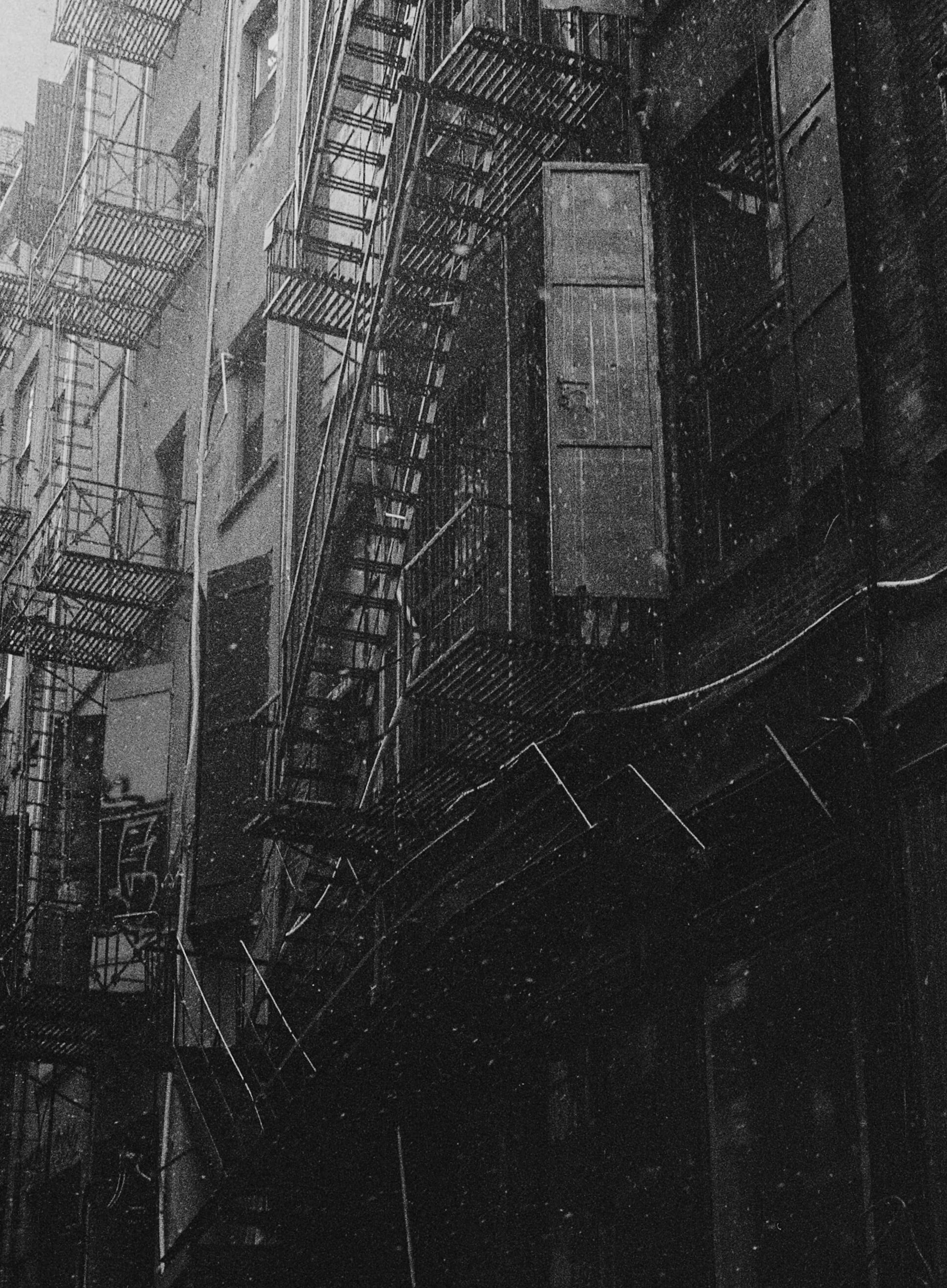
The Westies
Inside New York’s Irish Mob
PUBLISHER: G.P. Putnam's Sons (1990)
PAPERBACK: 400 pages
ISBN-10: 0312362846
ISBN-13: 978-0312362843
PURCHASE: Amazon, Barnes & Noble, Indiebound
In T.J. English’s stunning debut as a crime writer, he tells the bloody saga of the Westies, a loose collection of Irish American hoodlums that Rudolph Giuliani, then U.S. Attorney for the District of New York, proclaimed to be “the most savage organization in the long history of New York City gangs.”
The Westies is an epic tale spanning more than sixty years. Along with a sprawling cast of characters that includes many of the city’s most well-known underworld figures, the book explores the social and historical forces that helped turn a small-time Irish American mob into perhaps the most notorious New York City gang of the late-20th Century.
Throughout the Sixties, Seventies, and Eighties, as the Vietnam War raged, New York skirted bankruptcy, and gentrification made the city’s working class seem like an endangered species, two young hoodlums named Jimmy Coonan and Mickey Featherstone rose to prominence in the local criminal underworld. Both Irish Americans, they came from a long line of Irish gangsters on Manhattan’s West Side whose roots stretched back to the the speakeasies and dance halls of the Prohibition era through the rough-and-tumble years of the waterfront rackets and beyond.
Through loansharking, extortion and labor racketeering, Coonan and Featherstone made their presence felt in the mid-1970s. Soon, other neighborhood gangsters began to coalesce around the duo. This loose amalgam of hoods was called “the Westies” by one detective and later by the city’s newspapers that chronicled the gang’s exploits. The Westies ruled the tough blue-collar neighborhood of Hell’s Kitchen with an outrageous brutality reminiscent of gangland Chicago. After members of the Westies gang killed a bad debtor and threw him out a window, Hell’s Kitchen became known as the neighborhood where dead bodies literally fell out of the sky.
No corpus delicti, no investigation became the Westies’ motto. One gang member had trained as a butcher in prison and brought his new job skills back to the neighborhood. The Westies frequently dismembered their murder victims and dumped the remains in the East River. They carried severed heads and other body parts in plastic garbage bags around the neighborhood. They once left the severed genitalia of one of their victims in an empty milk carton in the refrigerator of a rival gangster.
As the Westies gangland killings became more macabre and depraved, they attracted attention within the underworld. Eventually, they formed an alliance with the Brooklyn-based Gambino Crime Family, the most powerful Mafia organization in the United States. The Westies carried out contract hits for the Mafia and engaged in violent extortions and labor racketeering. The Mafia link brought the Irishmen to new criminal heights but also sowed the seeds of jealousy, betrayal and bloodshed within the volatile gang.
Jimmy Coonan was the gang’s leader, but the emotional heart and soul of the gang was Mickey Featherstone, a troubled Vietnam vet who became the Westies most feared enforcer. Author English tells the story of the gang’s rise and fall primarily through the eyes of Featherstone, who emerges as a conflicted character. When Featherstone is convicted for a murder that he didn’t commit, believing that he was set up by his best friend and partner Coonan, he breaks the West Side code of silence and flips. His decision to turn against the gang and testify against them in court is rendered in intimate detail.
The Westies also tells the story of the cops who pursued the gang, of their ten-year investigation, of repeated arrests and frustrating acquittals -- and the often brilliant work of the gang’s wily criminal defense attorneys. It is no surprise that The Westies has never been out of print in the twenty-plus years since it was first published. Today, it is recognized as a true-crime classic.




